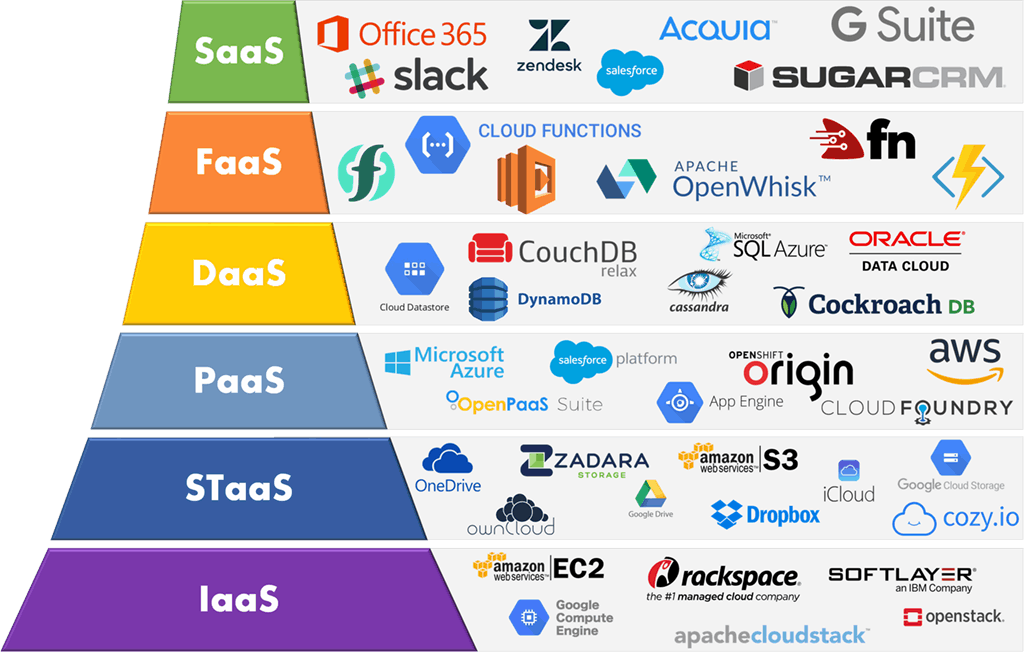Achieve Seamless Scalability With Cloud Solutions
In the ever-evolving landscape of cloud services, accomplishing seamless scalability stands as a keystone for modern services seeking to remain versatile and affordable. The capability to effortlessly increase or get resources in response to altering demands is a pivotal benefit in today's fast-paced digital environment. By understanding the art of scalable cloud solutions, companies can not only maximize performance and enhance operations but also lead the way for future development and technology. The mission for smooth scalability with cloud services reveals a world of opportunities for those happy to accept the transformative power of vibrant source management.
Advantages of Cloud Scalability
Cloud scalability uses companies the adaptability to dynamically change resources based on demand, making sure ideal performance and expense effectiveness. In addition, cloud scalability advertises advancement and testing by allowing companies to quickly test brand-new ideas and range them as needed. Inevitably, the benefits of cloud scalability extend past price financial savings to incorporate improved performance, agility, and technology.
Trick Functions for Scaling
Effective scaling in cloud services counts on vital features that allow companies to adjust resources dynamically based upon demand. One necessary attribute for scaling is flexibility, permitting sources to scale up or down in reaction to varying workloads. This ensures that organizations can fulfill performance needs without over-provisioning sources. An additional vital function is scalability, enabling systems to deal with boosted workload by adding resources seamlessly. This feature is vital for fitting growth without endangering efficiency. In addition, automation plays a vital role in scaling by automating the provisioning and de-provisioning of resources based on predefined policies. Automation minimizes human intervention, boosts effectiveness, and guarantees rapid reaction to changing needs. Monitoring and analytics devices are also vital for scaling, providing insights into resource utilization, efficiency metrics, and potential traffic jams. These devices make it possible for organizations to enhance and make educated decisions resource allocation for effective scaling. In general, these vital features collectively encourage companies to achieve smooth scalability in cloud solutions.
Carrying Out Auto-Scaling Approaches
To properly maximize source appropriation and adjust to differing workloads, organizations need to purposefully execute auto-scaling methods in their cloud solutions infrastructure. Auto-scaling enables systems to instantly change the variety of calculate sources based upon real-time demand. There are various auto-scaling methods that organizations can use, such as anticipating scaling, which utilizes historical information to forecast future resource requirements, and reactive scaling, which reacts to existing work modifications.

Ideal Practices for Scalability
For organizations intending to enhance their scalability in cloud services, executing ideal practices is vital for optimum performance and resource monitoring. One trick finest method is designing applications with a microservices design. This approach breaks down applications into smaller sized, independent solutions that can be deployed, upgraded, and scaled individually, enabling higher versatility and scalability.
An additional crucial practice is making use of containerization technology, such as Docker or Kubernetes. Containers allow the packaging of applications and their reliances into separated systems, making it easier to scale parts individually and deploy them constantly across different atmospheres.
Furthermore, applying automated deployment and facilities as code (IaC) can improve scalability initiatives (linkdaddy cloud services). Automation tools like Terraform or Ansible help in provisioning and taking care of resources successfully, lowering manual mistakes and making it possible for fast scalability
Furthermore, monitoring efficiency metrics, setting up notifies, and performing regular ability preparation are necessary methods to make certain proactive scalability management. By sticking to these ideal methods, companies can achieve smooth scalability in their cloud solutions while optimizing efficiency and resource usage.
Tracking Efficiency Metrics
When analyzing the efficiency of cloud solutions scalability, very closely monitoring efficiency metrics is imperative for making certain optimal performance and resource appropriation. By continually tracking crucial efficiency signs (KPIs) such as action times, throughput, source, and latency utilization, organizations can obtain important insights right into the health and wellness and efficiency of their cloud framework. Monitoring performance metrics enables for the very early discovery of possible bottlenecks or concerns that can impact scalability, enabling proactive steps to be taken to address them before they rise.

Final Thought
Finally, attaining seamless scalability with cloud services is important for organizations to maximize efficiency, improve advancement, and maintain high efficiency levels during peak times. By leveraging the advantages of cloud scalability, implementing auto-scaling strategies, making use of essential features such as flexibility and automation, and complying with best techniques like application style and performance monitoring, businesses can effectively scale their systems while making best use of resource use and performance.
The pursuit for seamless scalability with cloud services unveils a globe of possibilities for those eager to accept the transformative power of dynamic resource monitoring.
Cloud scalability provides organizations the versatility to dynamically adjust resources based on demand, guaranteeing optimal performance and cost effectiveness. An additional vital function is scalability, making it possible for systems to deal with raised workload by including resources seamlessly.For companies aiming to improve their scalability in cloud solutions, applying best practices is important for optimal performance and resource management.When analyzing the effectiveness of cloud services scalability, very closely monitoring performance metrics is important his explanation for making sure ideal he said capability and resource allowance.